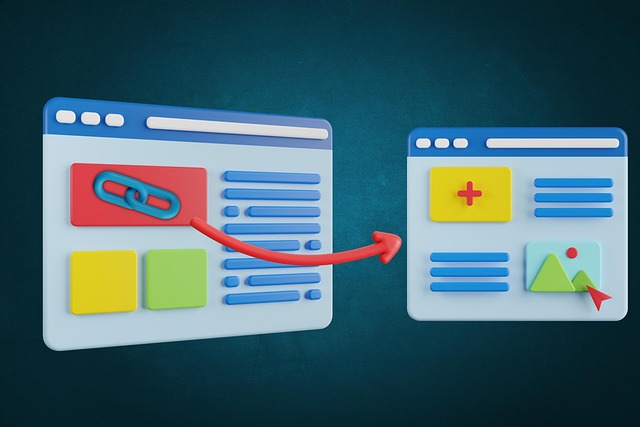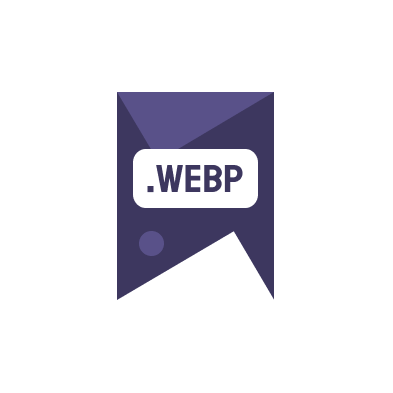When considering the optimization of a website for better search engine rankings, every detail counts. The type of image format you use can play a significant role in your SEO efforts. In this article, we delve into how using WebP affects SEO and why it might be a smart choice for enhancing your website’s visibility and performance.
The Importance of Image Optimization in SEO
Before we explore the implications of using WebP, it’s crucial to understand the role of image optimization in SEO. Optimizing images properly leads to faster page load times, which is a key factor in search engine ranking algorithms. Additionally, well-optimized images enhance user experience, keeping your site visitors engaged longer and reducing bounce rates.
What is WebP?
WebP is an image format developed by Google, designed for the web with an emphasis on providing high-quality images at smaller file sizes. This format allows images to load faster without sacrificing quality, which is particularly beneficial for webmasters looking to improve their page speed.
How Does WebP Affect SEO?
Implementing WebP on your website can directly influence SEO in several ways:
- Improved Page Speed: Since WebP images are significantly smaller in size compared to traditional formats like JPEG or PNG, they consume less bandwidth and load quicker. This can lead to improved page speed, a critical metric for search engine ranking.
- Enhanced User Experience: Faster loading images contribute to a smoother, more enjoyable user experience. This can result in longer session times and lower bounce rates, which positively impact SEO rankings.
- Better Compression: WebP uses advanced compression techniques that produce smaller file sizes than other formats, with minimal loss in quality. This compression is beneficial for SEO as it helps in maintaining a visually appealing site without the penalty of slow loading times.
Utilizing WebP conversion tools is a practical approach to start integrating WebP into your website strategy.
Case Studies and Real-World Examples
Many leading companies have seen significant improvements in their SEO metrics after switching to WebP. Faster page speeds and better user experiences contribute directly to higher search rankings and increased traffic.
Tools and Resources to Implement WebP
For those interested in converting their existing images to WebP, several online tools offer free WebP conversion. These tools make it easy to convert images in bulk, ensuring that your entire website benefits from faster load times and improved SEO.
Final Thoughts on WebP and SEO
Deciding to use WebP is a strategic move for any webmaster aiming to enhance their website’s performance and SEO. With its superior compression and faster load times, WebP can significantly affect your site’s search engine rankings and user experience.
Embrace the future of web imaging with WebP to stay ahead in the competitive landscape of online search rankings. For more details on how to optimize your site using WebP, visit Google’s developer resources.

